Wireless charging technology company Energous announced that it has received Federal Communications Commission certification of the WattUp Mid Field transmitter, which when perfected will deliver RF-based power to compatible devices at a distance of three feet.
The company notes that the latest demonstrated version of the technology isn't brand-specific, and can deliver power with a device in contact with the charger, or to devices a maximum of three feet away.
WattUp technology has three range bands, contact or short, the now approved three-foot mid-range, and 15-foot long-range which remains not approved. At present it is unclear exactly how practical a three-foot transmission range will be other than on a user's desk for compatible phones, laptops, and input devices.
The FCC approval is the first of its kind to use a new category of FCC rules allowing for higher power delivery at range.
However, FCC approval doesn't mean that the device is shipping in any form — and the company has had a few missteps along the way.
During the 2017 Consumer Electronics Show, Energous CEO Steve Rizzone said that the company had signed a deal with "one of the largest consumer electronics companies in the world."
"I cannot tell you who it is," Energous Rizzone said. "But, I can virtually guarantee that you have products from this company on your person, sitting on your desk, or at home."
In December 2016, Energous inked a deal to develop and market hardware components through longtime Apple chip supplier Dialog Semiconductor, suggesting a future iPhone might support similar technology.
Apple is Dialog's biggest consumer electronics contract, and is believed to account for more than 70 percent of the firm's revenues. Further, Energous in a recent quarterly conference call said "most, if not all, of Energous' early adopters are existing Dialog customers."
Under the deal's terms, Dialog is investing $10 million in Energous to become the firm's exclusive component supplier. For Energous, the partnership grants access to Dialog's sales and distribution channels
Energous and Dialog launched the DA4100 RF-Transmit integrated circuit integrated in the WattUp platform in February, and promised to ship by the end of the year.
The WattUp platform uses small antennas to transfer power, instead of relying on a system of inductive charging coils. This change in transmission technology greatly increases the distance devices can be from the power transmitter, allowing users to place the charging smartphones and tablets a few feet away, rather than placing them on a special mat or using a specific magnetic connector, as used by existing systems.
Energous itself has previously cranked up the rumor mill without delivering, however. In March 2015, the company revealed a development and licensing agreement with a "tier one" consumer electronics company, and name-checked Apple in a regulatory filing. Nothing materialized from either the licensing agreement, or the regulatory filing.
The company claimed at the 2015 Consumer Electronics Show that it would be shipping before the end of that year, as well.
Energous will be demonstrating the WattUp technology at the 2018 Consumer Electronics Show, between Jan 9. and Jan. 12.
 Mike Wuerthele
Mike Wuerthele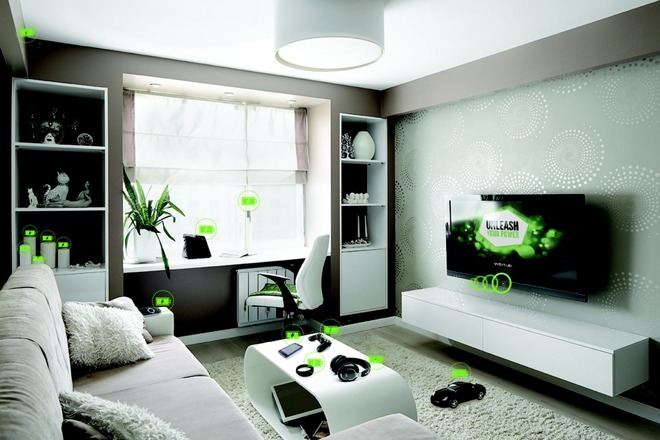

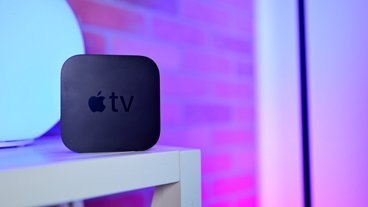

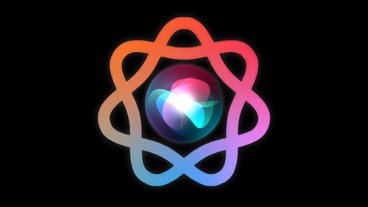

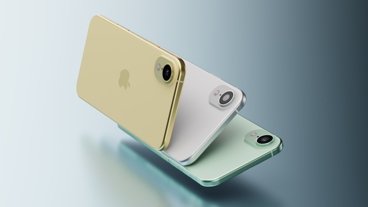
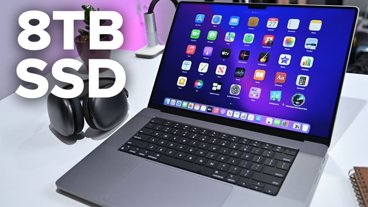
-m.jpg)





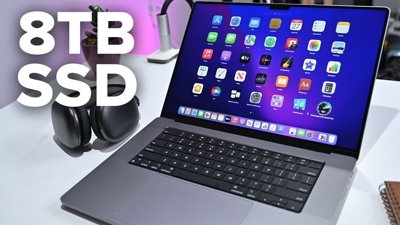
 Christine McKee
Christine McKee
 Marko Zivkovic
Marko Zivkovic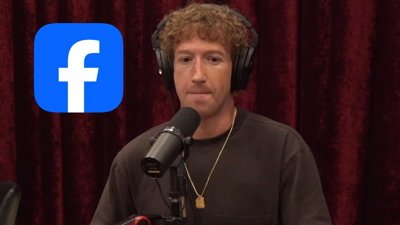
 Wesley Hilliard
Wesley Hilliard
 Malcolm Owen
Malcolm Owen
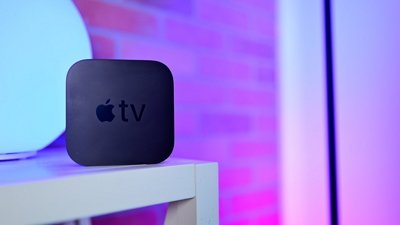

 William Gallagher
William Gallagher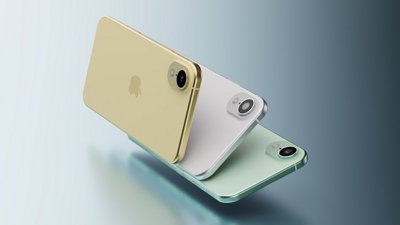
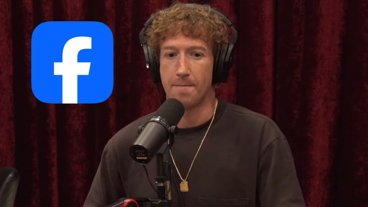

-xl-xl-m.jpg)







31 Comments
Wonder if it will be safe to be near. Too much RF radiation is bad for the body.
Power carried by microwaves? I recall one of my engineering professors back in the day (1990?) talk of power transfer from space using such tech. A satellite generating the power would beam it back to earth. The main caveat is that if the satellite moved even a tiny bit during the transfer, you'd spray all that power/radiation across wide swaths of terrain. Any follow-up article on this should focus on how safe it is.
Article says 3ft. Product video says 15ft. Very amazing tech though!